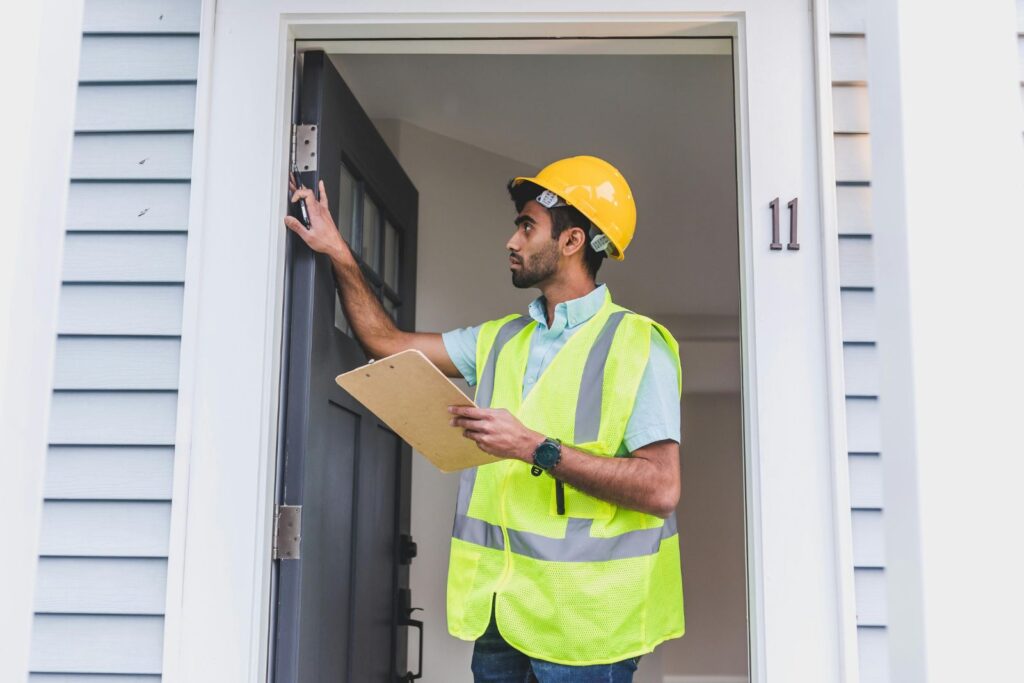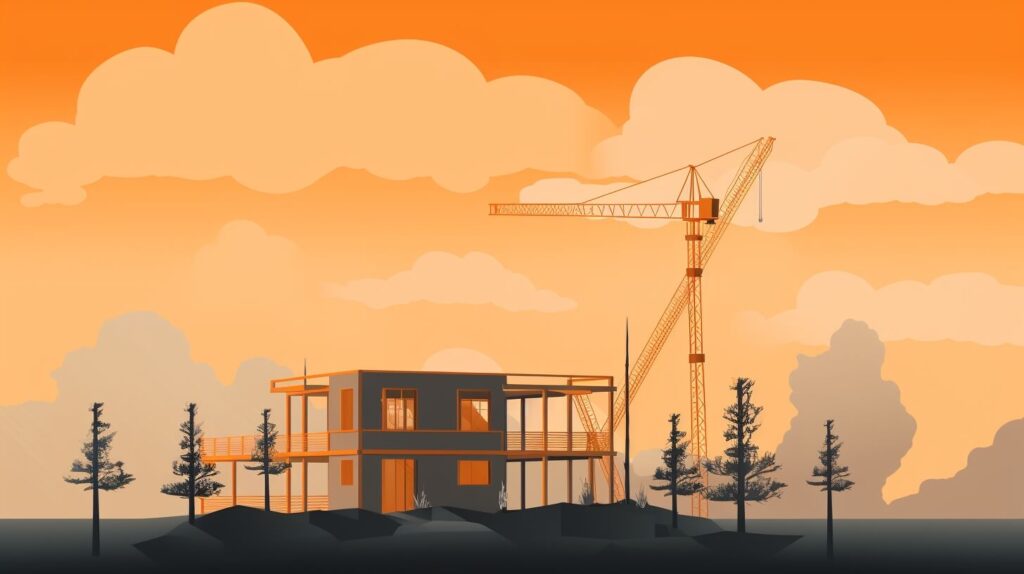How Anti-Racism Training is Reshaping Workplace Culture in Construction

We are reader-supported. When you buy through links on our site, we may earn an affiliate commission.
The construction industry requires unity to accomplish projects and build better spaces for society. It is imperative to have the utmost respect and admiration for one another to attain such a vision. While the sector isn’t quite there yet, initiatives such as anti-racism training are positively influencing the workplace culture to make that dream a reality.
The Current State of Racial Diversity in Construction
Many construction companies seek to exercise racial diversity in construction. However, recent data showcases that it is still a white-dominated industry, making up 87.3% of those employed in 2025. Hispanics or Latinos come in second at 35.1%.
While people of color are present, treatment toward them can still use some work. A study finds that Hispanics, African Americans, Asian Americans and Native Americans are often excluded or segregated in the construction domain. It shows in educational enrollment, industry training and even workforce retention.
Who’s Implementing Anti-Bias Training?
Anti-bias training is key to removing prejudice and embracing people’s differences. Construction businesses are doing their part by having DEI or Diversity, Equity, and Inclusion projects in place, most of which include anti-racism training.
Unfortunately, there’s still progress to be made. Due to the political climate, about one in eight companies plan to remove or reduce their DEI programs this year. Eliminating bias can also be difficult due to how unconscious and deep-rooted it is in adults.
The Impact of Anti-Racism Training
Anti-racism training can make a big impact on work culture. It teaches people the meaning of equality and respect for others despite everyone’s differences.
Enhance Workplace Inclusivity and Diversity
Anti-racism training makes construction companies a more tightly knit team. It encourages staff to recognize the worlds of difference that people can go to solely on race and have a deep empathy toward one another.
People of privilege will be able to recognize that everyone is on equal footing in a construction project. Meanwhile, people of color will feel more widely accepted and safe knowing that their leaders and comrades are respectful of who they are and their backgrounds.
Lessen Likelihood of Discrimination and Harassment
Racial discrimination is still rampant within society. For example, nooses have been scattered left and right on different construction sites across the United States and Canada in the last decade. This item symbolizes threats of violence against Black people.
Graffiti is also a problem on construction sites. On top of that, there are so many other instances of racial discrimination that are hard to catch, like snide comments or statements. You would never realize it unless you’re on the receiving end.
Anti-racism training is meant to illuminate how demeaning these acts of harassment are. With such education, staff are expected to act better and ensure that the space is as peaceful and respectful as possible.
Boost Productivity and Innovation
Practicing anti-racism helps remove the distraction of harassing minority groups on the construction site. It also promotes harmony within the team, which can bolster a company’s productivity and chances of innovation.
The difference is especially important in smaller construction businesses. Discrimination is much more apparent in compact teams, where people have fewer people to rely on. Work with one another without bigotry and learn to be kind to one another.
Introduce Diverse Perspectives
Anti-racism training opens doors to the experiences of those who face racial prejudices every day. It gives them a voice within construction sites, administrative offices, and boardrooms. People of privilege are encouraged to listen to these stories and become more mindful.
Aside from fostering workplace diversity, anti-bias training also prompts personal growth in staff. You need to be able to interact with people of different backgrounds to truly get to know the world, and a safe space is the ideal setting for that.
How to Implement Anti-Racism Training
Implementing anti-racism training is progress toward improving people’s treatment of one another, but only when executed correctly. Thread its implementation with care and respect.
Get Marginalized Racial Groups Involved
Anti-racism training programs should gather the input of other marginalized racial groups. You get a real picture of what they have to face in general, as well as their experiences within the construction industry. Request their aid in creating these programs.
Remember to be as all-encompassing as possible. About 63% of American Asians say too little attention is given to racial issues concerning Asians living in the U.S. in 2023. Invite everyone you can to have a say and be thorough in your program’s coverage.
Put Leaders at the Forefront
The authority figures within a construction company should lead anti-racism training. You may get a speaker, but the leaders should still have get involved one way or another. They must set an example for the rest of the staff to be empathetic and respectful.
Construction companies may consider providing a personal anti-racism training program to their team leaders before executing it for the rest of the workforce. That way, they will already be well-versed in the topic and can guide those confused.
Look Ahead of Challenges
Companies are bound to face challenges when implementing their anti-racism training. For instance, some people may belittle the need for this program or be skeptical of its contents. Teams may also have scheduling differences due to existing construction projects.
It is important to troubleshoot these hindrances to get your message across. Publish mandatory information and actively set aside time to listen to the anti-bias training program. You may also discuss ways to track changes in workplace culture and employee experiences.
Provide Ongoing Support and Reinforcement
Workplace inclusivity and diversity should not end when training programs end, though. You can ask your workers what changes they would want to make the company more diverse and inclusive in the long run. Seek their feedback and create a more welcoming business.
If there are instances of discrimination, it’s important to address them. You can also implore contractors to speak out against racism, no matter how blatant or subtle. Handle each incident with care and listen to the victims.
Integrating anti-racism policies in the mission, vision, and culture of the construction company can also be quite the statement. It states the gravity of your allyship and how you attempt to fight for inclusion.
Adopt Anti-Racism Training
Anti-racism training is a key program to fostering a more diverse workforce, one filled with employees who have the utmost respect for one another. Companies that recognize and implement it are moving in the right direction.







